Arched doorways are on the rise – here's why designers are ditching traditional doorways for captivating curves
Experts reveal why they love arched doorways and elegant curves, along with how and where to use them
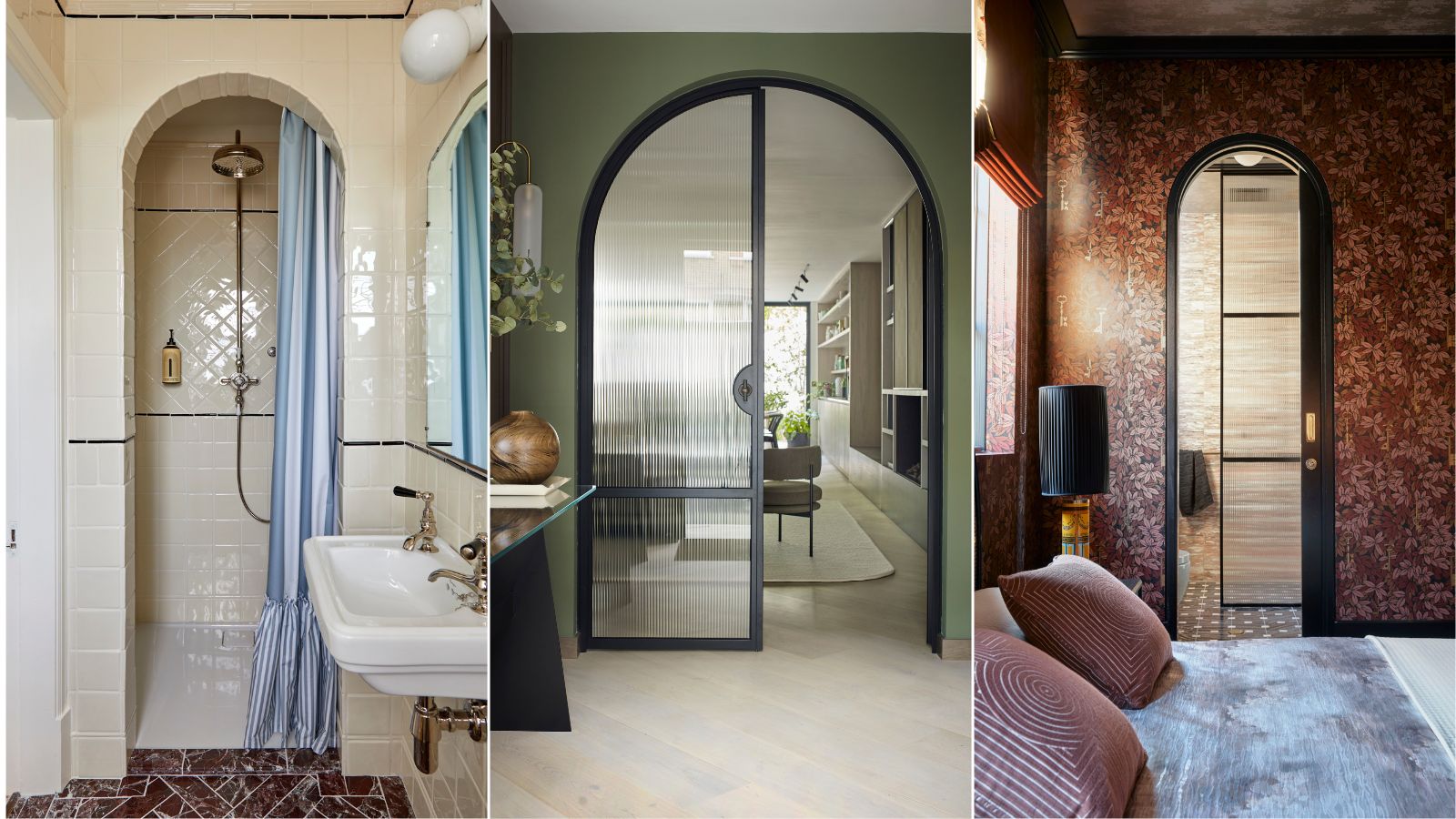

Doors and doorways might not be the first thing you consider when it comes to interiors and can often go unnoticed, but according to interior architects and designers, they can have a big impact on the look, feel, and flow of a room. In fact, when working on new builds and remodels, it seems many designers are often forgoing the traditional rectangular doorways in favor of arched designs purposely to enhance the space.
From curved front doors and openings within large open-plan spaces, to discreet links between bathrooms and en suites, arched doorways are cropping up everywhere and across all sorts of property and interior styles. We’re also noticing arches appearing in kitchen cabinets, closets and alcove shelving through to individual pieces of furniture, but what’s causing this curve in interior design trends and why are arches captivating designers?
To find out more we asked the experts for their insights.
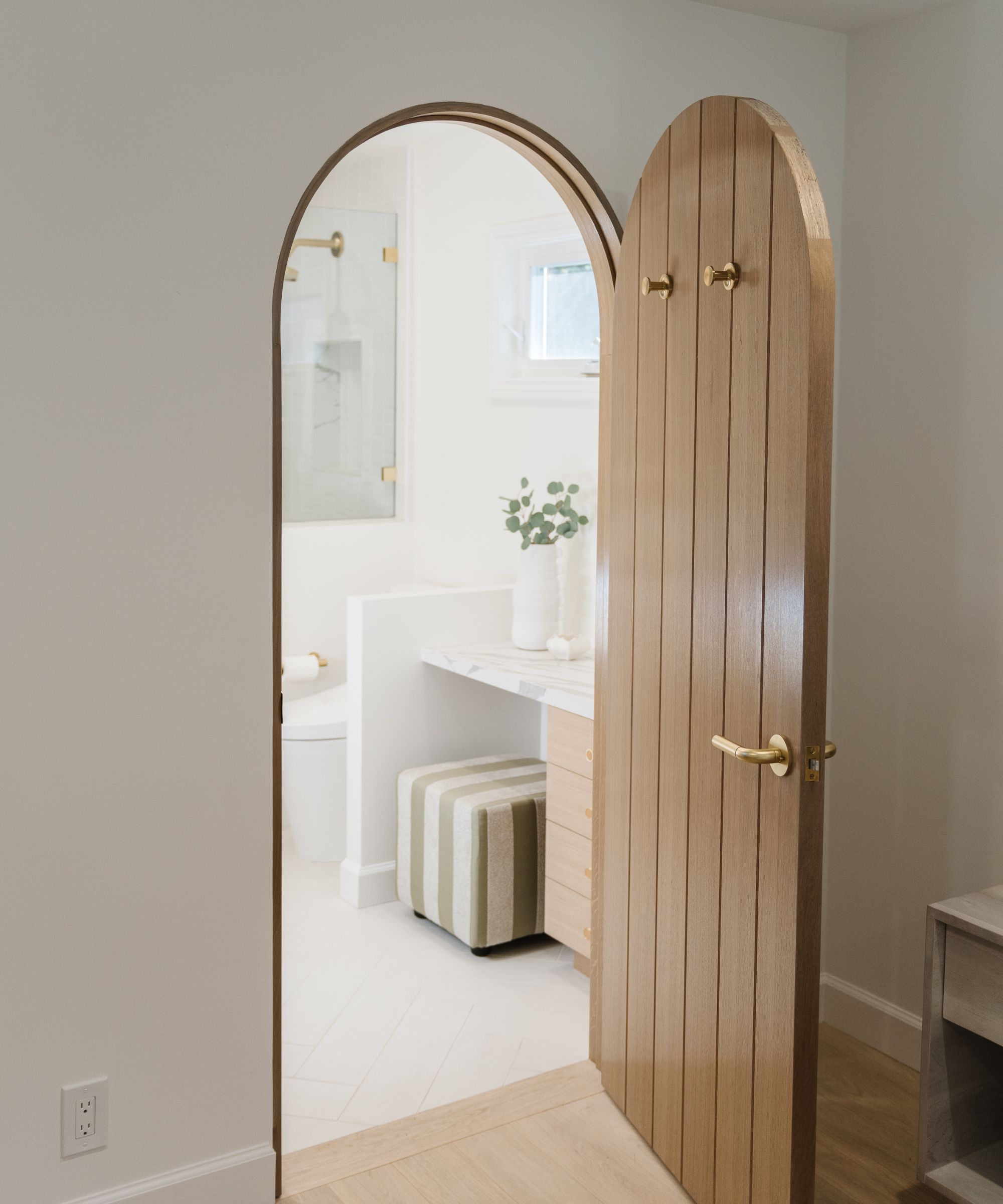
Why are arched doorways becoming more popular?
From front door ideas to shower enclosure openings and even small coffee nooks, arched doorways and doors are appearing more and more. The rise can be attributed to a number of practical and aesthetic reasons, but they are perhaps most valued for their ability to add elegant character and soften linear architecture. When we asked interior designers and architects the majority agreed that the appeal of the arch lies in its ability to counter strong lines and angles within a space which in turn contributes to a more relaxed and refined atmosphere.
‘Designers are moving away from traditional door shapes in favor of arched doorways, which add elegance and a sense of openness. These curves enhance the flow of space and create a unique focal point, making areas like the primary bath feel inviting and sophisticated,' explains Kimberley Harrison, founder of Kimberley Harrison Interiors.
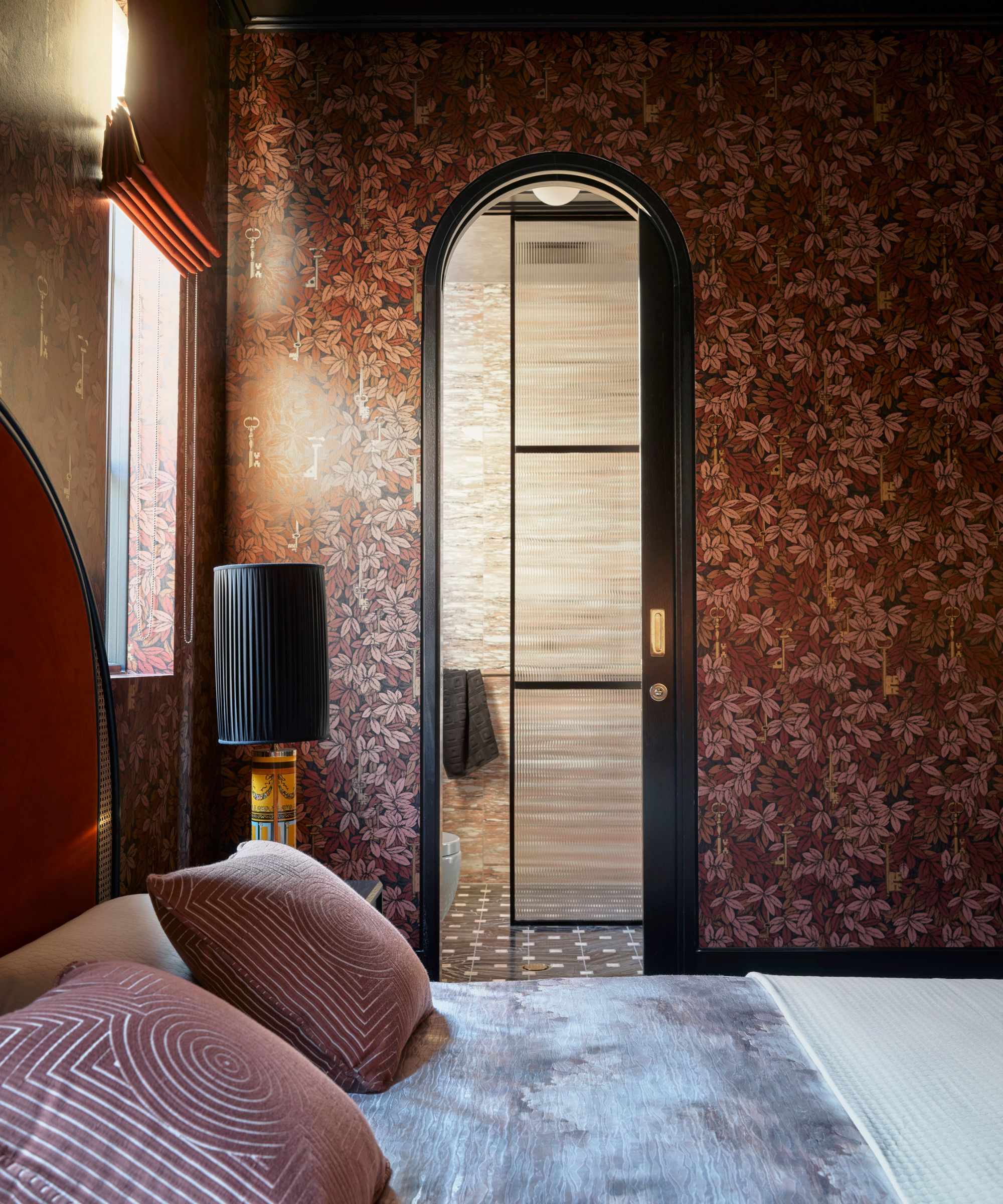
A defining feature of classical architecture, the arch has romantic connotations and is a wonderful way to add timeless elegance to spaces lacking architectural interest.
‘Arches, a revered architectural feature dating back centuries, gain new relevance when re-imagined in contemporary homes, offering both timeless beauty and a refined touch,’ adds the renowned Australian interior designer, Greg Natale. ‘I frequently incorporate arches – not just as doorways, but as statement windows or portals that connect spaces in meaningful ways.'
As well as adding a sense of refinement, arched doorways can bring practical benefits. For example, in small, angular spaces such as under stairs or in rooms with low ceilings arched doorways can provide a more flexible solution to traditional rectangular doors as their contours often fit more harmoniously with the proportions.
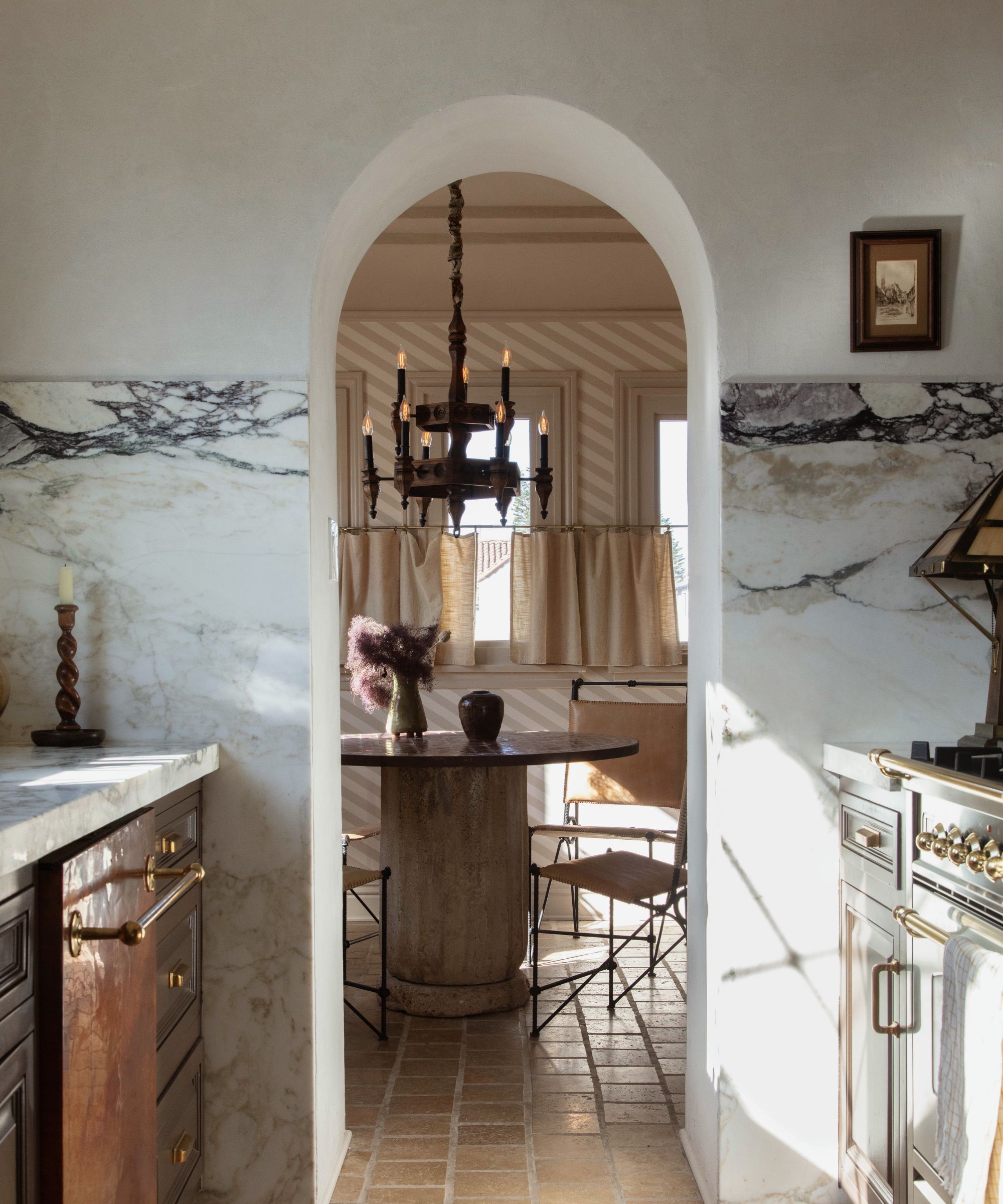
However, it doesn’t stop at doorways, the increase in arches seems to be part of a wider trend towards the use of curves in interior design, from architectural details to homewares and accessories. The shift towards softer, organic shapes can perhaps be explained by our increasing desire to create more calming, welcoming spaces in tune with the contours of nature.
'Arched doorways are becoming more popular as they can soften a space, creating an inviting transition between two spaces. The style also complements a general trend in curves in cabinetry, sofas, and mirrors,' says Jeneffer Jones Punjani, founder and principal designer at El Nido. 'The result is a softer, warmer environment juxtaposing linear and rectangular spaces.'
'Curves say "come in, relax, make yourself comfortable", and that's why we love them,' says Irene Gunter, founder of the British-based design studio Gunter & Co. 'They are naturally closer to the human body shape than 90-degree corners so it seems like a no-brainer.'

How can you use arched doorways in interiors?
Looking for ways to introduce captivating curves into your home? To help with your projects we've gathered a selection of inspiring schemes from renowned interior designers, along with expert advice and insights.
1. Soften bathrooms with arched doorways

Often bathrooms are filled with sharp angles and hard surfaces which can easily cause them to feel stark and cold. Whether introduced through main doorways, entrances to showers, or simply through furniture like wall cabinets, arches and curves can really remedy this and help bring softness, as demonstrated in this scheme by Penrose Tilbury.
'We love incorporating arches into our interiors. This en suite shower room is a small space so we felt the arched shower entrance added interest visually while softening the tiles. It also frames the shower curtain beautifully,’ says Rose Hanson, co-founder of the design studio.
2. Maximize light with glazed arched doors
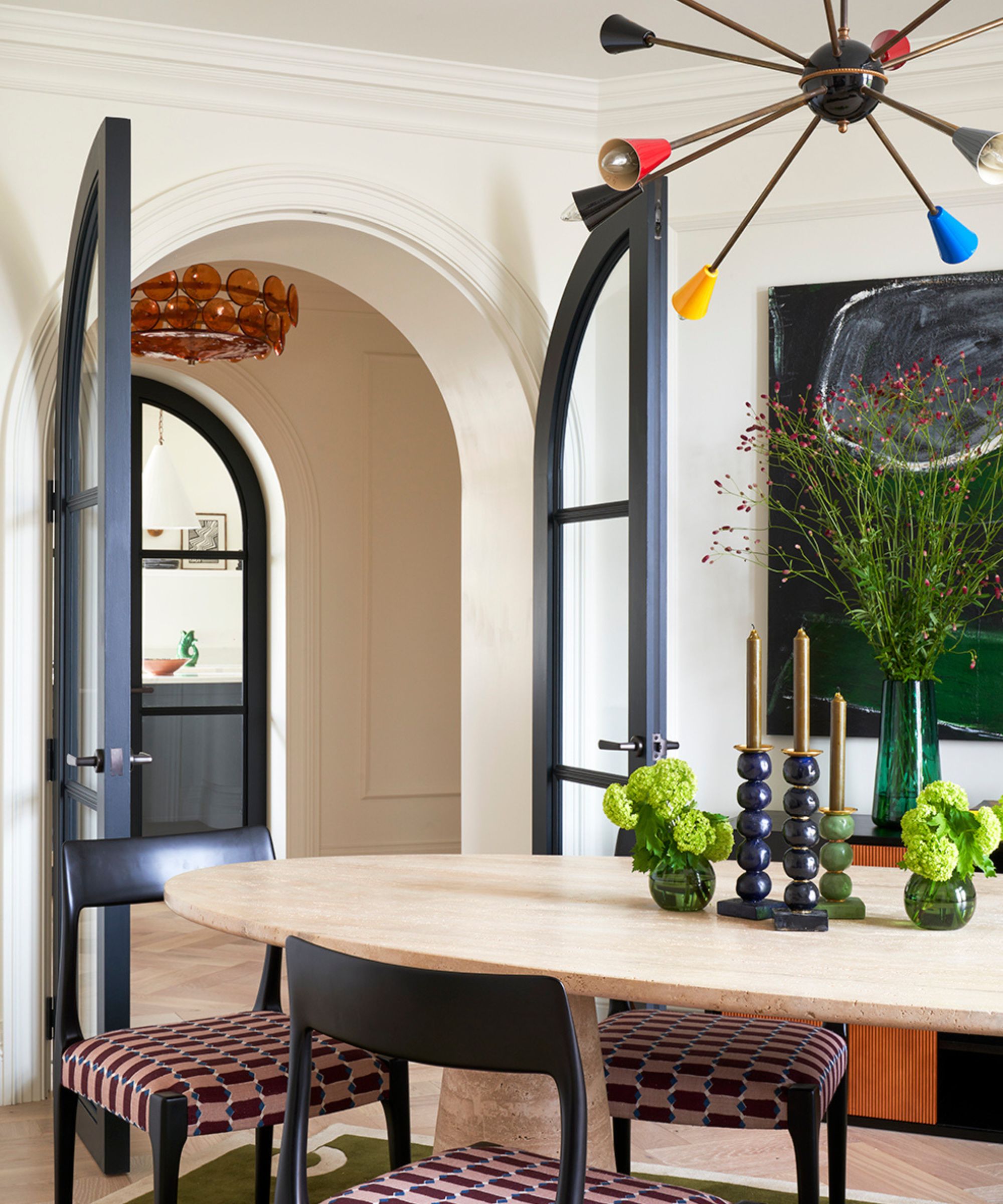
According to Venetia Rudebeck, co-founder & partner at Studio Vero, ‘Arched doorways are a great way to let more light in and really make a space feel open and interconnected.’
Here she decided to create wide arches with glazed paneled doors in order to gain as much light as possible. 'The apartment had very little architectural detail, having been stripped out by the previous owner, so we were keen to introduce as much interest as possible,' adds Venetia.
3. Use arched doorways in small awkward spaces
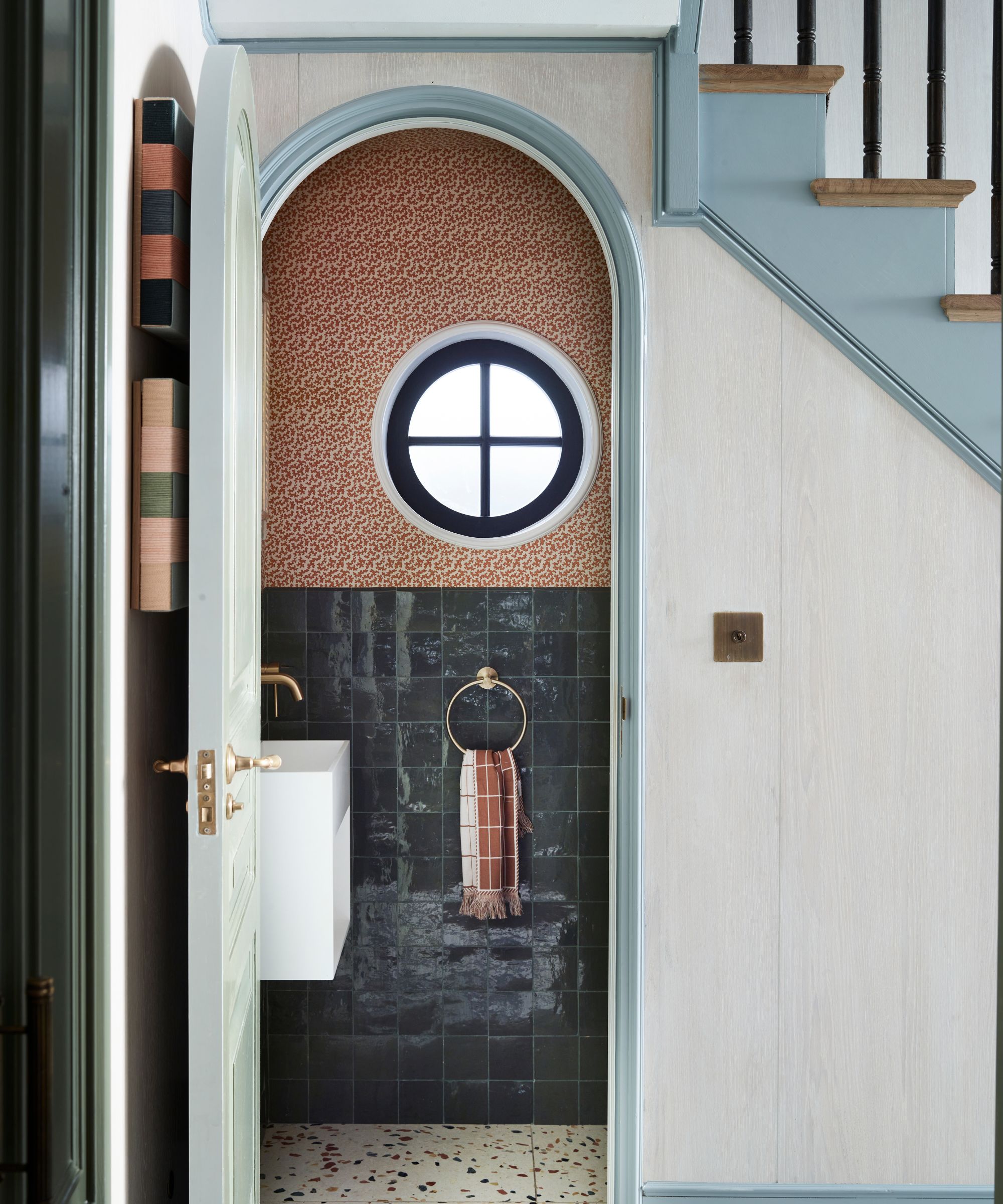
More than just elegant and gentle, arched doorways are often used by interior designers as a clever design solution to small space issues. When creating links into small rooms with acute angles, arches often fit more harmoniously with the proportions of the space, as demonstrated in this under-the-stairs powder room by Gunter & Co.
'This arched door is not a trend choice - it was simply the best way to achieve a nicely proportioned door in an awkward location within the stair structure. Without this addition, we'd have an awkward rectangular door with the corner cut off - it would have looked like a square peg in a round hole,' explains Irene Gunter.
4. Make a statement with an arched coffee nook
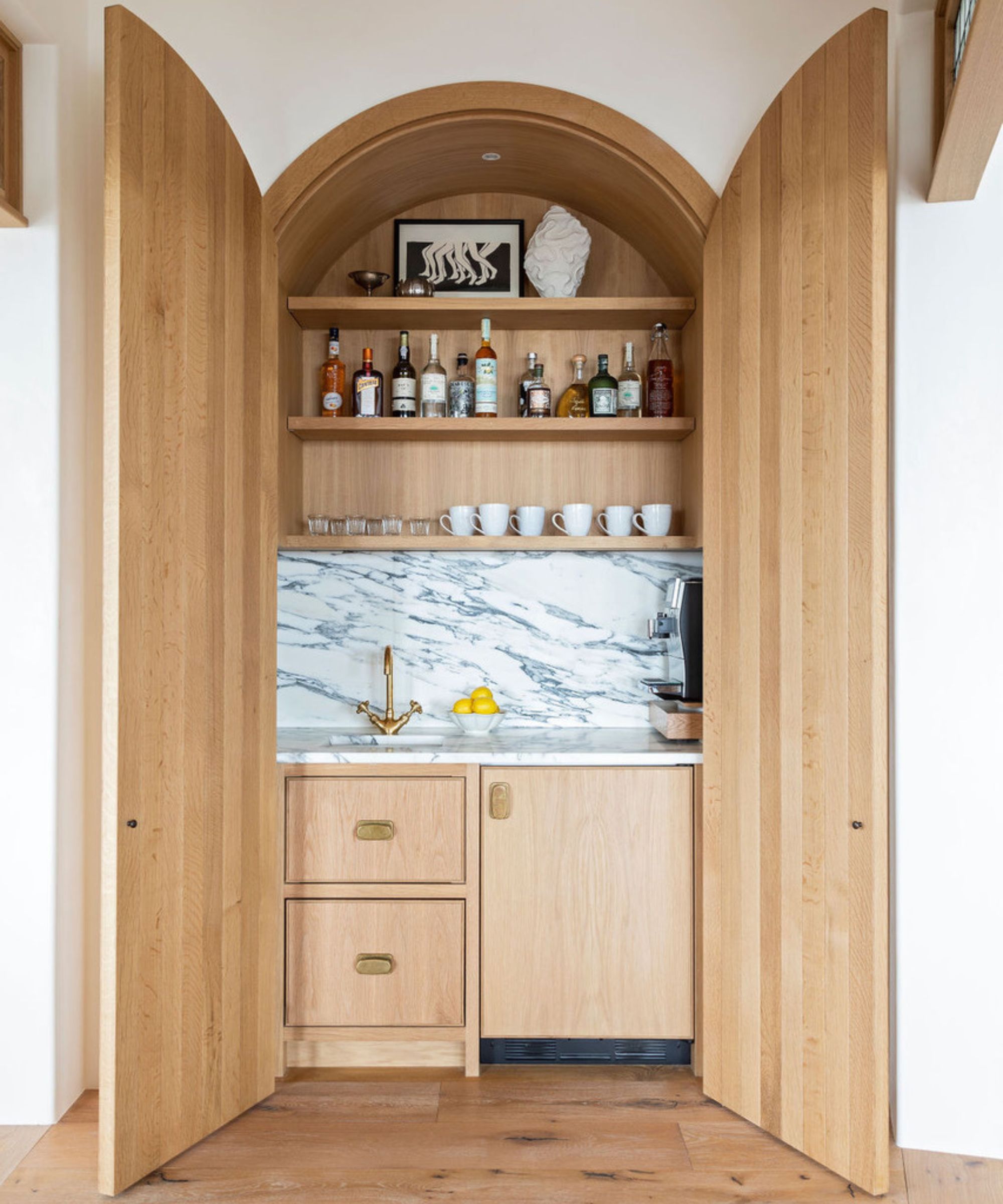
Coffee bars are a growing trend in kitchen diners. As well as being practical preparation and storage spaces, they can make wonderful design features as demonstrated above in a project by Herlong Architecture and Interiors.
The arched shape of the joinery and arched doors pair beautifully with the natural timber to bring organic warmth and softness to the space.
5. Use archways to add interest to plain spaces
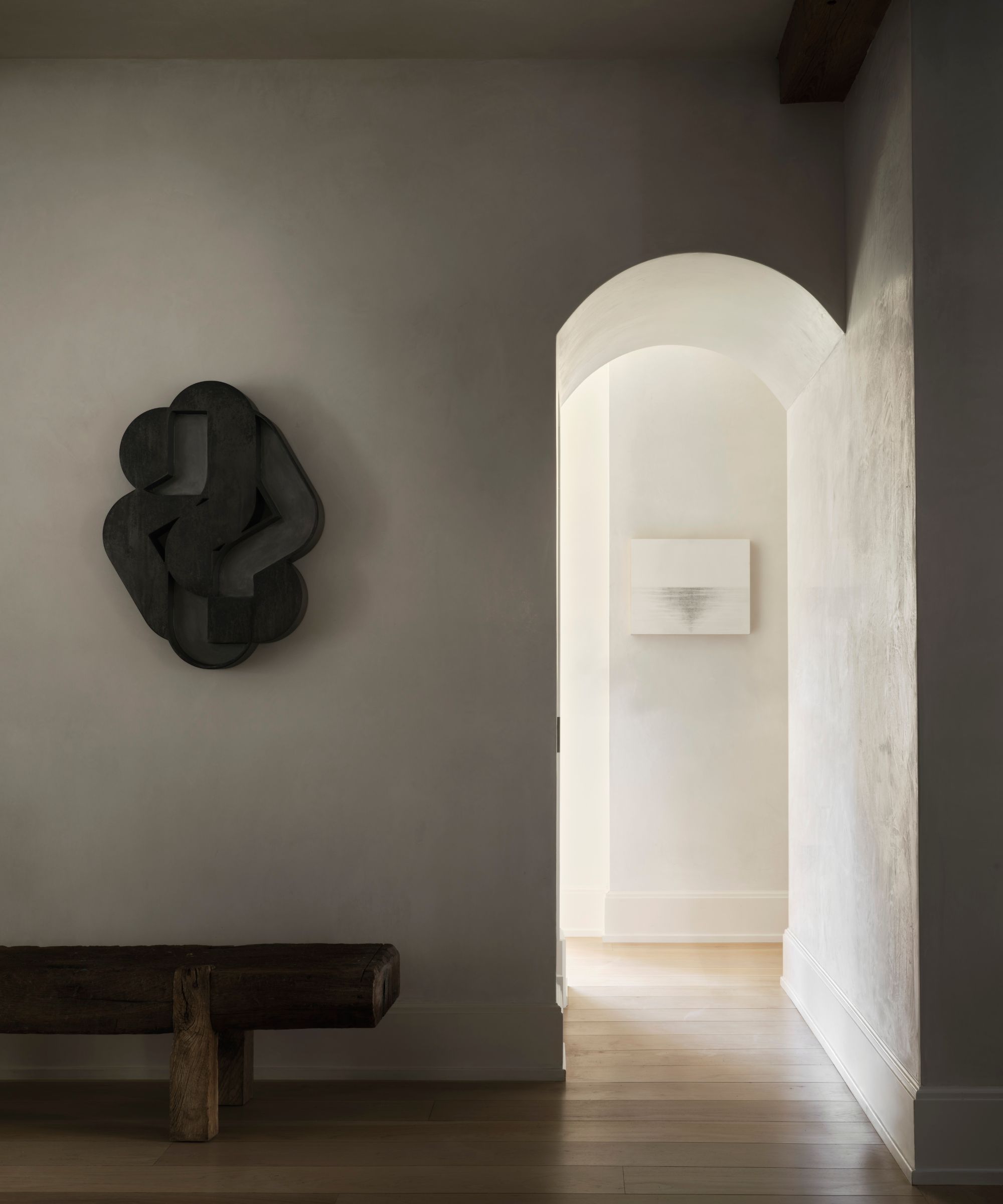
Connecting spaces like entryways and corridors can often lack architectural interest. To combat this many interior designers are turning to arched or barreled ceilings and arched doorways to bring personality and elegance.
'I like to incorporate archways where opportunities for design choices are limited: passageways, closet doors, etc. They allow for subtle yet interesting transitions between spaces in a home,' explains Margaret Naeve Parker, designer and founder of M.Naeve.
While arched doorways appear to be cropping up more and more in interior design projects, the device is nothing new. Within architecture, the arch has roots in ancient times and is closely associated with classical architecture and ornament.
Many interior designers and architects are drawn to the device for its timeless appeal and ability to bring elegance to modern, linear spaces that lack architectural character. 'Arches add romance to otherwise ordinary places,' explains Margaret Naeve Parker. 'Because they have been used in architecture for centuries, they add a layer of sophistication.'
Sign up to the Homes & Gardens newsletter
Design expertise in your inbox – from inspiring decorating ideas and beautiful celebrity homes to practical gardening advice and shopping round-ups.

Pippa is a contributor to Homes & Gardens. A graduate of Art History and formerly Style Editor at Period Living, she is passionate about architecture, creating decorating content, interior styling and writing about craft and historic homes. She enjoys searching out beautiful images and the latest trends to share with the Homes & Gardens audience. A keen gardener, when she’s not writing, you’ll find her growing flowers on her yard for styling projects.
You must confirm your public display name before commenting
Please logout and then login again, you will then be prompted to enter your display name.
-
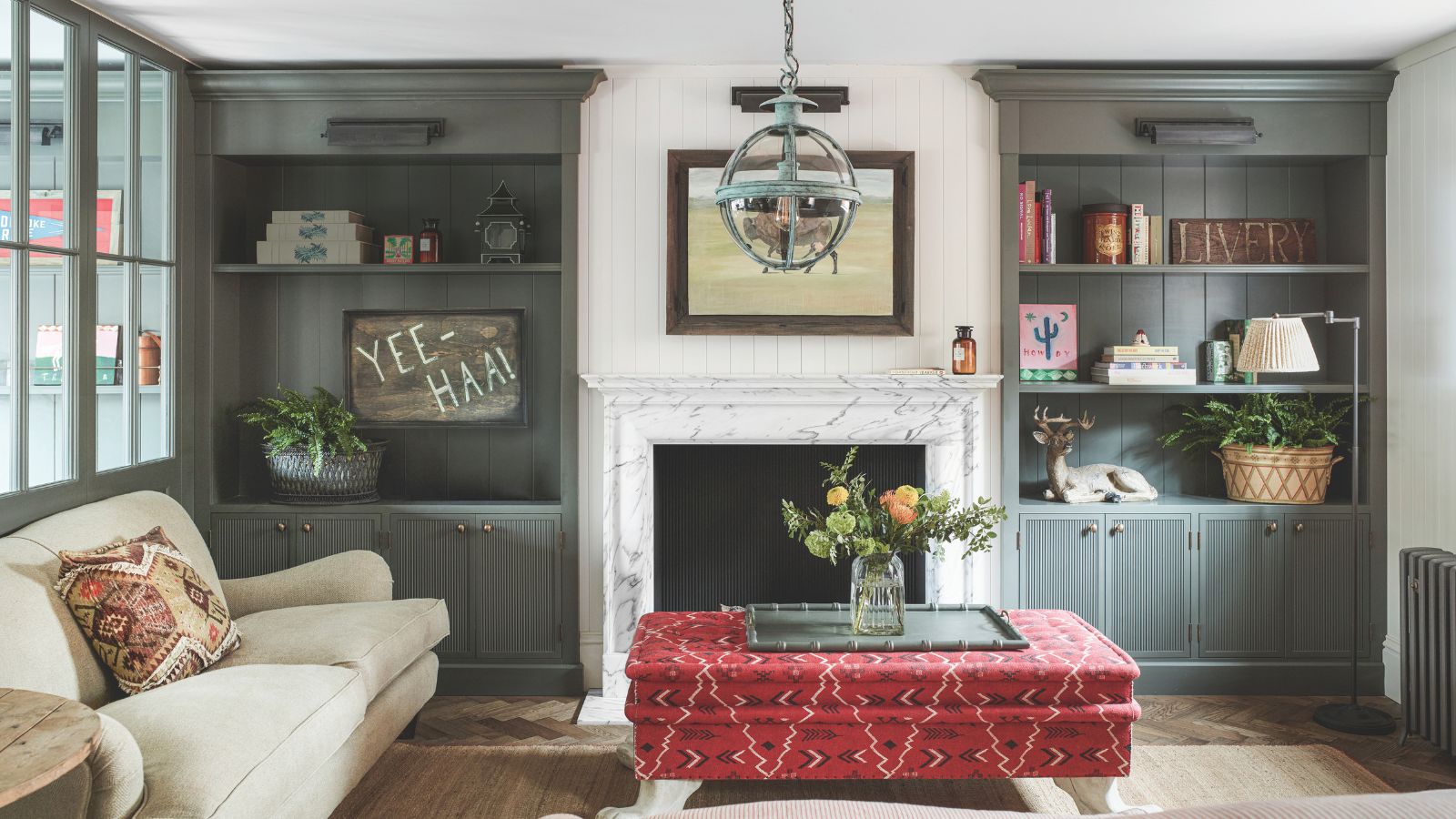 Easily harness the decluttering power of the Category Consolidation Approach – if you constantly try and fail to 'eat the elephant whole', experts say this one's for you
Easily harness the decluttering power of the Category Consolidation Approach – if you constantly try and fail to 'eat the elephant whole', experts say this one's for youTake the stress out of streamlining with this tried-and-tested method that home organizing pros love
By Andy van Terheyden
-
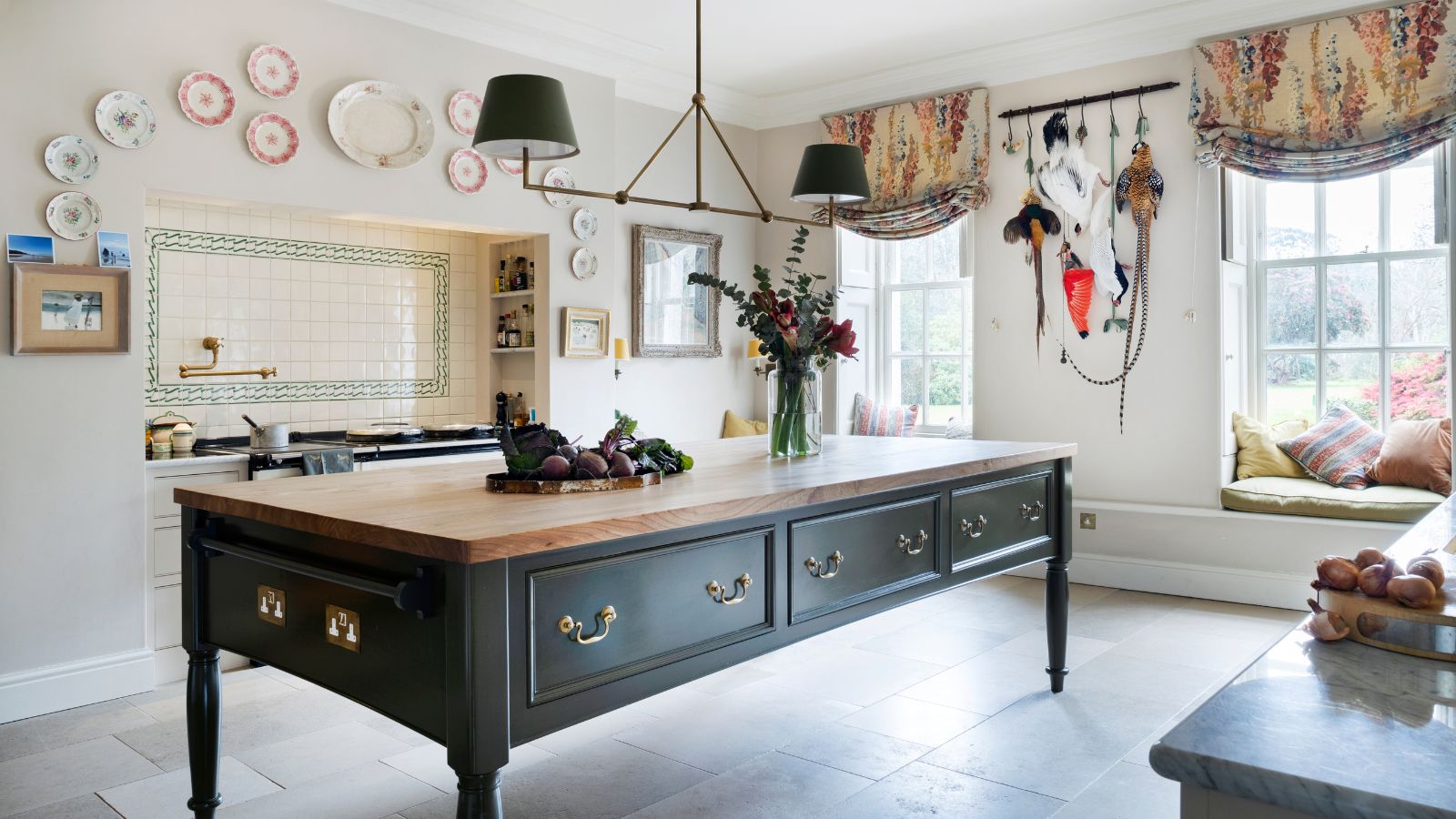 Step inside this British stately kitchen that's steeped in country charm – a kitchen built for now, with the soul of another era
Step inside this British stately kitchen that's steeped in country charm – a kitchen built for now, with the soul of another eraBritish kitchen designers Guild Anderson reimagined the layout of this characterful kitchen, crafting a bespoke kitchen design that honours the heritage and enduring charm of this historic Cornish home
By Caroline Moratti